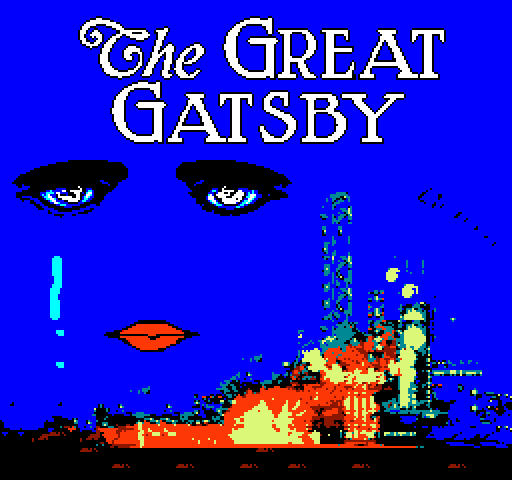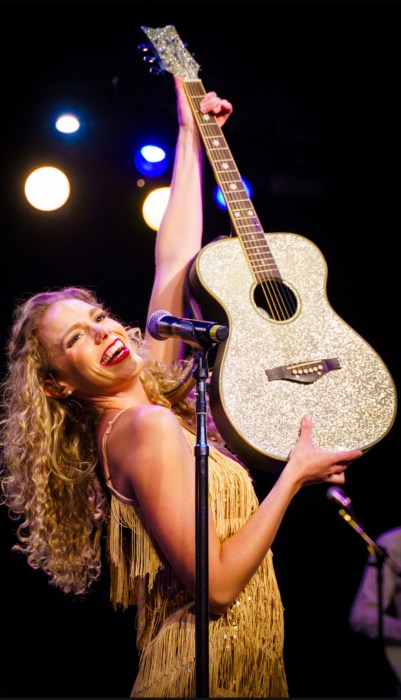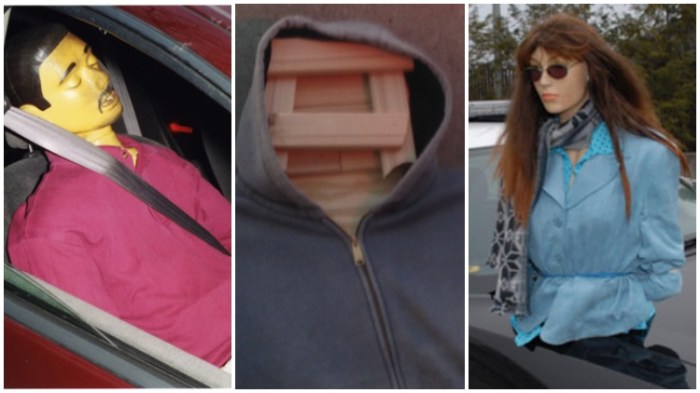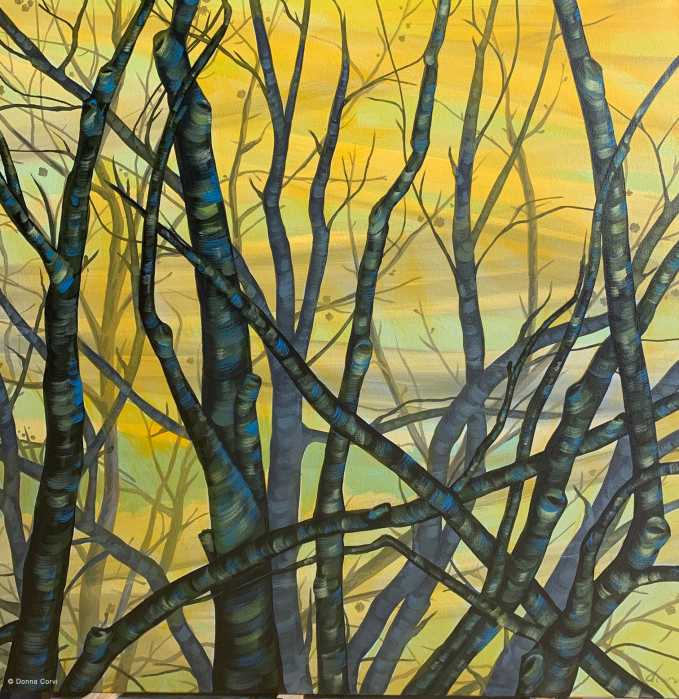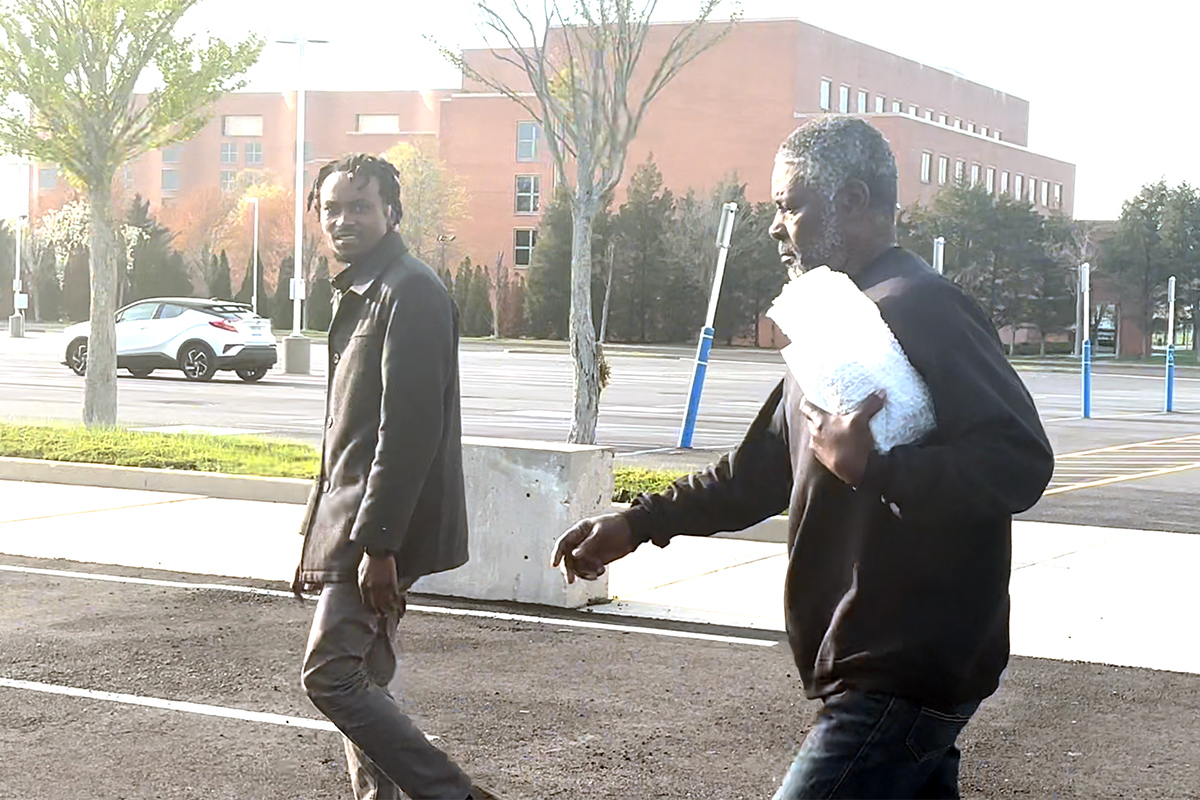Local Port Washington resident William Ruh has created endearing pieces of art for his grandson, George, using some odd found objects.
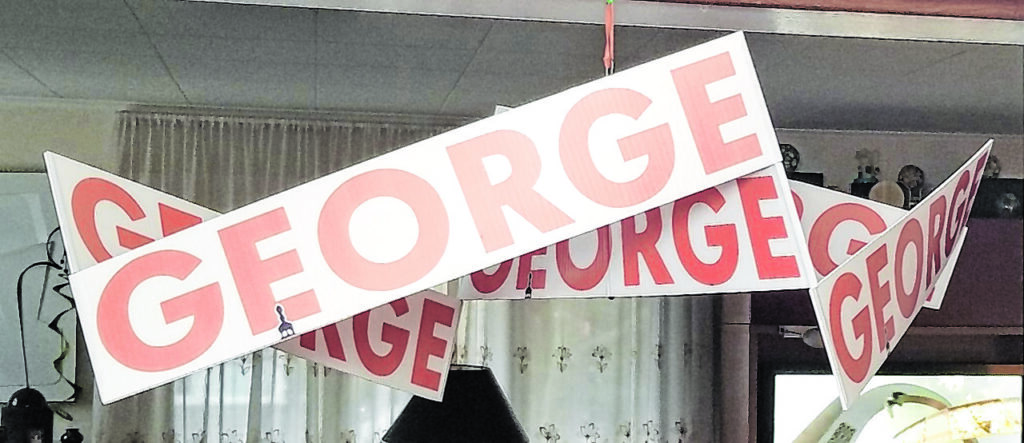
“George Santos’ attorney said that the New York Times had ‘smeared his good name’. After Election Day, I put his ‘good name’ to good use,” Ruh told the Port Washington News.
Ruh harvested many old two sided George Santos campaign signs from Nassau County roadways when the 2022 election was over and the signs had been abandoned, helping to visually clean up our local environment.
“I cut the back-to-back red ‘George’ names out of all these found objects, and using the thin steel rods that had supported them in the ground, I made sculptures for my grandson George,” said Ruh.
Thinking that they are rather clever, Ruh submitted them for an art show to be held at the library in Port Washington. After all that has happened concerning the newly elected Congressperson after the election and “after careful consideration”, all were rejected by the Port Washington Library Art Advisory Council.
“I think there were two reasons: they are probably readily recognizable as coming from George Santos campaign signs, so they are certainly not ‘politically correct’ and art critics are usually not very receptive to something so whimsical, unless maybe if Alexander Calder had done it,” said Ruh. “I believe they are very interesting structurally, and if they were just white, without the big red ‘George’ names, they may be more acceptable as art. Should I have titled them ‘Untitled’ instead of the obvious ‘George’? As is, though, my grandson George likes them. I only hope that someday a Leila and a Gloria will run for office so I can do the same for his sisters.”
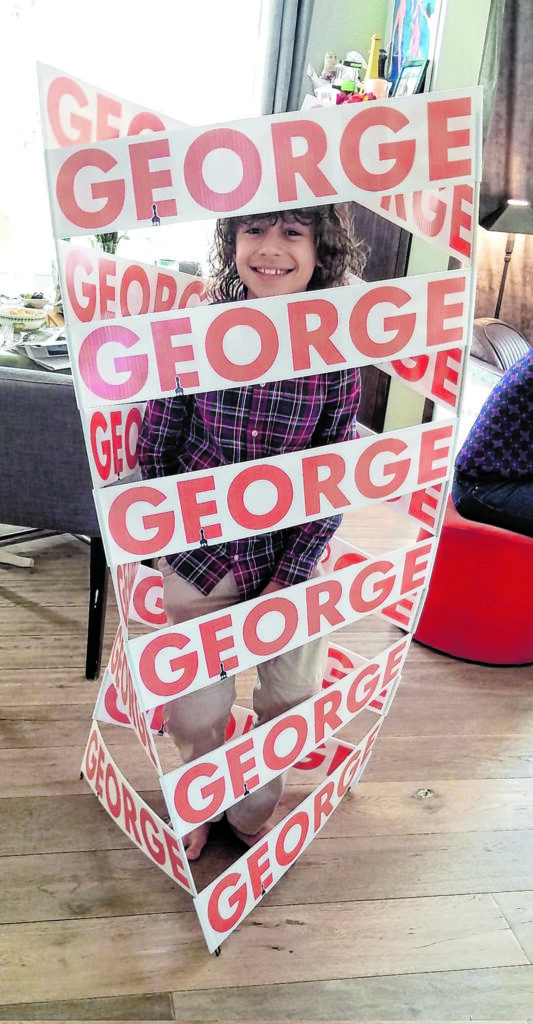
The cut-out “George” units are almost invisibly held in place by the thin steel rods. In three of the six “George” sculptures the “George” units twist, and twist the space around them. The structures are fairly simple and straight forward, but with the orientation of “George” on both sides of each unit, they appear much more busy and complicated than they are. With the forms triangulated, though they are very light, they are much more rigid, stable and strong than you might think.
“In our DNA double-stranded molecules of nucleic acids form a double helix. The units in the ‘Tower of George’ could be seen as forming a ‘triple helix’ with the same double-stranded molecules of nucleic acids,” said Ruh. “Our double helix DNA has to fold to fit inside our cells, but my connected triple helix DNA is rigid and cannot fold. This triple helix configuration would contain many times the coded genetic information possible with a simple double helix. Could DNA like in the ‘Tower of George’ be the basis of extraterrestrial life somewhere in the universe?”
Ruh describes his art as whimsical and fun, similar to the way Alexander Calder’s art is fun.
“Some may think that my sculptures are not art because of bias against where the name George came from or how it is used. Without ‘George’ the premise of the structural forms and the way they shape space would all remain the same. Would they then be more acceptable?” Ruh asks.
—Information provided by William Ruh
with additional reporting by Julie Prisco




